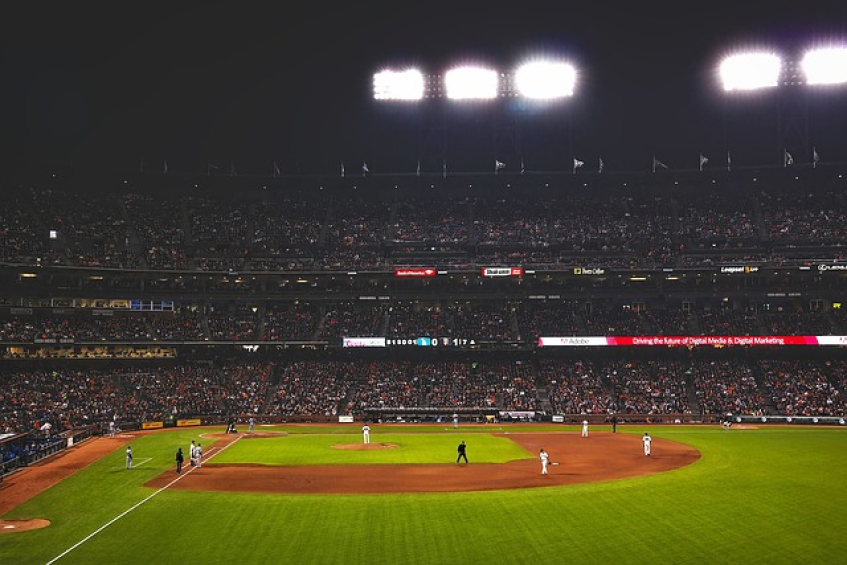
Welcome, baseball enthusiasts! If you're new to the sport or just looking to deepen your understanding, you're in the right place. Baseball, a beloved pastime, captivates millions around the world. As you delve deeper into this fantastic game, one question may pop into your mind: how many baseball players take the field during a game?
In every baseball game, two teams face off, each harboring a desire to outscore the other. The intricacies of the game, however, go beyond just scoring runs. Each player holds a specific position and role on the baseball field, contributing to the team's overall strategy and performance. As we explore this topic together, you'll learn more about the unique responsibilities of each player and get a new appreciation for this incredible sport. Buckle up and enjoy the ride!
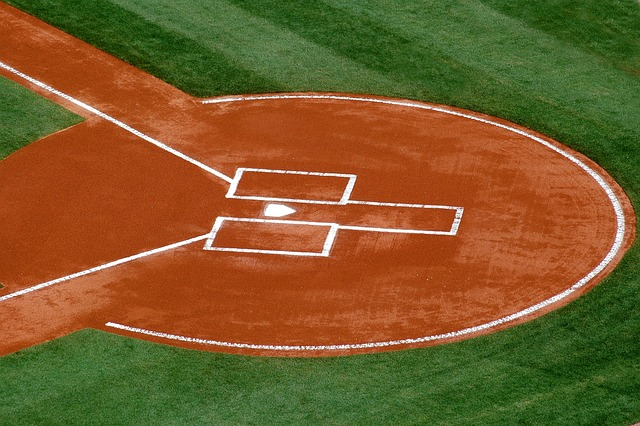
Stay tuned, because we're about to embark on a journey into the heart of a baseball game. You'll leave with a better understanding of why each player stands where they do and how their roles contribute to the beautiful symphony that is a Major League Baseball game.
Let's get started!

The magic number here is nine - that's right, nine players make up a Major League Baseball team on the field. These players can be split into two main categories: the infielders and the outfielders. Each of these positions demands a different skillset, and collectively, they create a balanced defense that works to keep the opposing team's offense at bay.
Let's talk about the four infielders first. Picture a diamond in your mind; that's what the infield looks like. At each point of this diamond-shaped infield, you have first base, second base, third base, and home plate. The first baseman, second baseman, and third baseman are responsible for covering their respective bases. On the other side, near home plate, we find the catcher, positioned behind home plate, catching pitches thrown by the pitcher from the pitching mound in the middle of this diamond.
And who could forget the shortstop? This player fills the gap between the second and third base, covering the largest area of any infield player. Quick reflexes and a strong throwing arm are crucial attributes of a skillful shortstop.
As for the outfield, there are three players: the left fielder, center fielder, and right fielder. They stand in the left field, center field, and right field respectively, covering the vast expanse beyond the infield. Outfielders are the last line of defense against fly balls that pass the infield. They need to be swift, have strong arms for long throws, and be adept at catching fly balls.
So there you have it, the nine main players and their positions. Each of these roles contributes to the overall strategy and success of the baseball team during the game. But hold on, we're just scratching the surface. Next, we'll dive deeper into the responsibilities and crucial duties of each player.
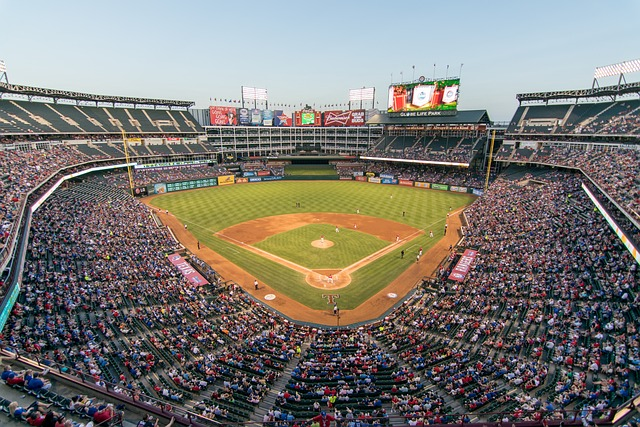
First things first, let's begin our journey at the corner of the diamond-shaped baseball field - first base. The first baseman typically stands close to the first baseline. Their main responsibility is catching throws from other infielders to get the batter out. First basemen need to have good reflexes and great catching skills, as they are frequently tasked with catching balls thrown at high speed.
Opposite the first baseman, you'll find the third baseman. Standing near the third base, the third baseman often handles the hardest hits as most batters are right-handed and will pull the ball to the left side. Given their proximity to the batter, third basemen need good reflexes and a strong arm to throw the ball to the first baseman.
The second baseman covers the area to the right of the second base. While they deal with fewer hard-hit balls than the first and third basemen, second basemen play a crucial role in turning double plays. They're usually involved in catching ground balls and quick throws to first base, and they need excellent fielding skills and a strong arm for long throws.
Situated between second and third base, the shortstop has the largest area to cover among the infielders. This player also plays a key role in double plays and must be agile and quick, with a strong arm to make long throws to first base.
Now let's turn our attention to the catcher, a player who crouches behind home plate, ready to catch pitches thrown by the pitcher. The catcher's responsibilities go beyond just catching; they also signal the type of pitches for the pitcher to throw, and they're always ready to throw the ball to catch base runners attempting to steal bases.
Finally, in the center of the diamond, stands the pitcher. This is arguably the most critical position on the field. The pitcher throws the ball to the batter with the goal of getting them out, either by striking them out or by inducing them to hit the ball such that it can be fielded by the other players. The pitcher, in a nutshell, sets the tempo of the game.
That wraps up our tour of the infield. Now, let's venture into the vast expanses of the outfield, where you'll find three players ready to take on the hard-hit balls that escape the infield.
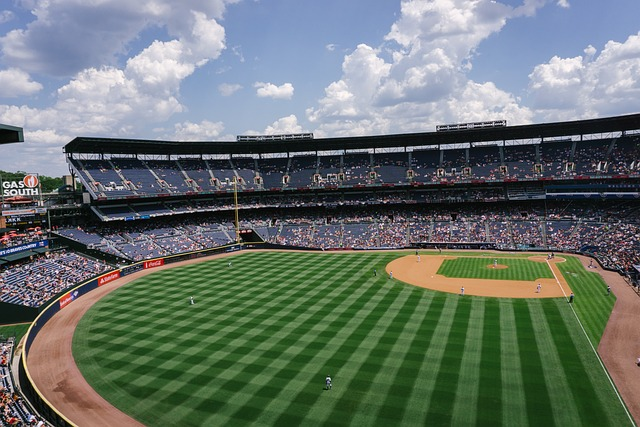
Out in the grassy expanse of the baseball field, you'll find the outfielders. These three players are responsible for catching fly balls, chasing down line drives, and retrieving ground balls that have passed the infield. Let's take a closer look at each of these positions.
Our tour of the outfield begins in left field. The left fielder, stationed to the left (when looking from home plate towards the outfield), has a critical role to play. The left fielder must have a strong arm for throwing the ball to the infield, specifically to second or third base. They need to react quickly to balls hit in their direction and be ready to back up the third baseman and shortstop. Left fielders also play a significant part in preventing the opposing team from scoring runs.
Next up, we have the center fielder. This player occupies the central area of the outfield and often has the most ground to cover. It's no surprise, then, that the center fielder usually is the fastest player on the team. They are responsible for catching fly balls hit deep into the outfield and backing up the other outfield positions when necessary.
To the right side of the field is the right fielder. Like the left fielder, the right fielder needs a strong throwing arm, especially for throwing balls back to the infield, most commonly to the first baseman. The right fielder, too, plays a significant role in limiting the opposing team's opportunities to advance around the bases.
The outfielders, each in their specific position, function as a last line of defense against the opposing team's hitters. With this in-depth look at the outfield, you should now have a solid understanding of the responsibilities of each player on the baseball field. It's time to delve a little deeper and explore how all these roles change depending on the circumstances of the game.
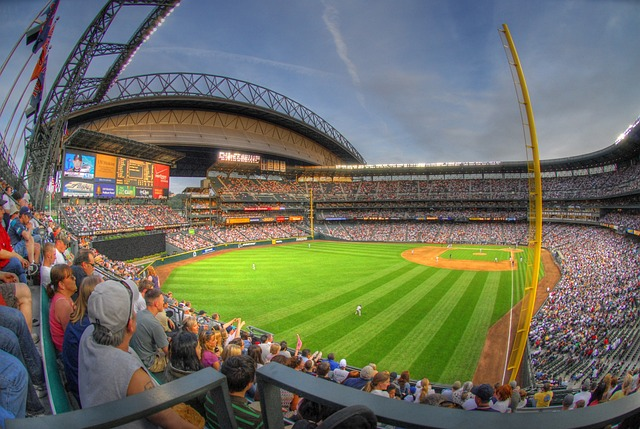
In baseball, strategy is a constant factor in how the game unfolds. With every pitch thrown, the players on the field are tasked with making decisions based on the situation at hand. This is where the real beauty of baseball comes into play - the constantly shifting strategy, adjusting to the offensive team's plans and making quick decisions in response.
A great example of this strategic thinking in action is the double play. The shortstop and second baseman have a crucial role to perform here. When a ground ball is hit towards either of these players, they must quickly throw the ball to the other infielder standing on second base. After catching the ball and stepping on second base to make an out, the infielder then throws the ball to the first baseman in an attempt to make a second out. This sequence, when executed correctly, results in two outs from a single play - a double play.
A similar strategic element comes into play when considering stealing bases. If the opposing team has a player on first base, the catcher must be ready for the possibility of that player attempting to steal second base. The catcher needs to have a strong arm to throw the ball to the second baseman or shortstop, who then attempts to tag the runner before they reach second base.
The third baseman also plays a key role in preventing the opposing team from scoring runs. If a ball is hit towards third base, the third baseman can try to tag the runner before they reach third base. Alternatively, if the ball is hit towards them with a runner on third base, they might choose to throw the ball to the catcher at home plate to prevent the runner from scoring.
As a baseball fan, understanding these strategies and recognizing them during the game can greatly enhance your enjoyment and appreciation of the sport. This is why knowing the roles and responsibilities of each player is so important. It's not just about catching fly balls and throwing them to the infield, but also about the strategic decisions that players make in a split second, that can change the course of a baseball game.
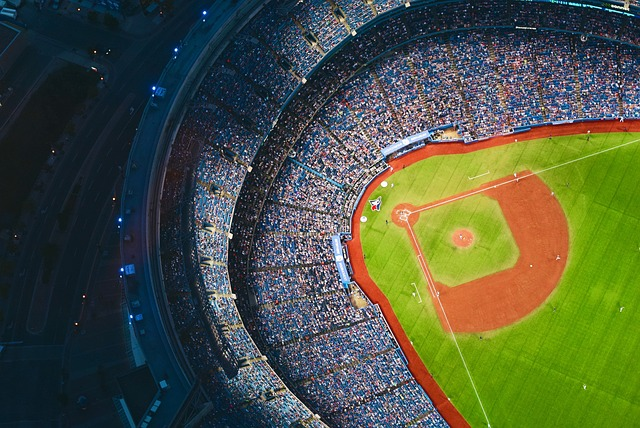
One of the most common questions I hear from baseball newcomers is, "How many baseball players are on the field during a game?" Well, let's dive into it.
There are nine players from each team on the field at any given time during a baseball game. These players are divided into two main categories: infielders and outfielders.

In the world of baseball, infielders hold the fort. This group comprises the first baseman, second baseman, shortstop, and third baseman. They cover the areas of the baseball field closest to home plate.
First Baseman: The first baseman plays on the right side of the infield, close to first base. When a ground ball is hit, the first baseman's main responsibility is to catch the ball thrown by another infielder and touch the base before the batter does, thus getting the batter out.
Second Baseman: The second baseman is responsible for covering the area around second base. They need to have quick reflexes to field ground balls hit their way.
Shortstop: Positioned between second and third base, the shortstop has the most ground to cover in the infield. They often field more balls than any other player and play a crucial role in executing double plays.
Third Baseman: The third baseman, also known as the "hot corner," is positioned closest to third base. Their main responsibility is to catch balls hit their way and make a strong, accurate throw to first base to get the batter out.
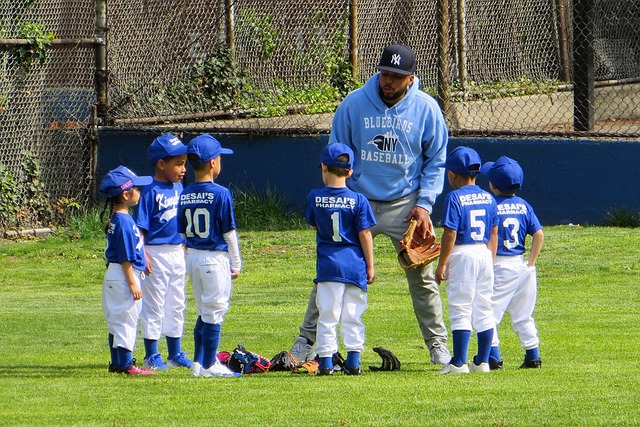
Outfielders, on the other hand, are the guardians of the largest area of the baseball field. They are divided into three main positions: left fielder, center fielder, and right fielder.
Left Fielder: The left fielder covers the left field, catching fly balls and stopping ground balls that make it past the infielders. Left fielders typically have strong throwing arms to send the ball back to the infield quickly.
Center Fielder: The center fielder, who plays defense in the area furthest from home plate, often has the most ground to cover. They need to be fast and have a strong arm to throw the ball back to the infield.
Right Fielder: The right fielder is responsible for catching fly balls hit to right field and throwing them back to the infield. They typically field fewer balls than the other outfield positions but need a strong arm to throw the ball a long distance to the infield.
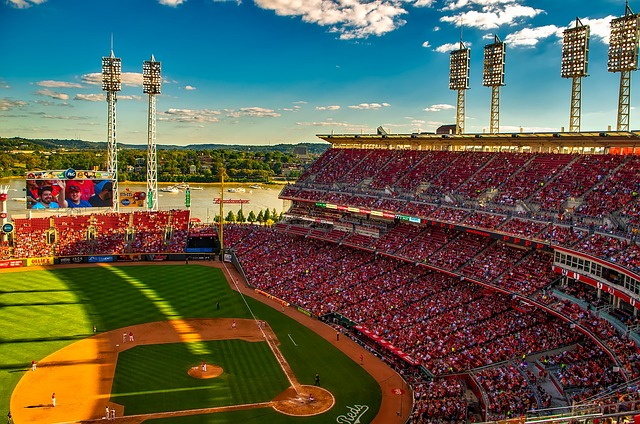
In addition to the infielders and outfielders, two other crucial players are the catcher and the pitcher.
Pitcher: The pitcher stands on the pitching mound and throws the ball to the batter. Their skill set includes control, speed, and deception. A good pitcher is worth their weight in gold in Major League Baseball.
Catcher: Positioned behind home plate, the catcher receives the pitches thrown by the pitcher. They also have the vital role of stopping any balls from getting past them, which would allow runners on base to advance.
To conclude this section, understanding the roles of these players and the positions they play not only deepens your understanding of the game, but it also increases your appreciation for the skills required at each position. Baseball isn't just a game; it's a carefully crafted dance where every player has a specific role to play, contributing to the overall performance of the team.
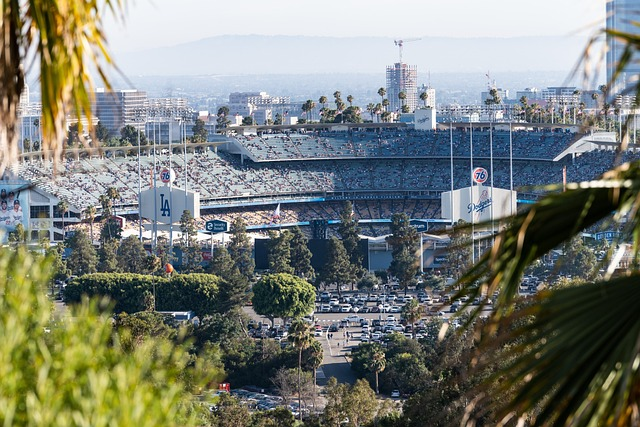
In the world of baseball, the term 'bench' refers to the group of players that are not part of the starting nine in a particular baseball game. But don't be fooled by the term; being a bench player does not mean you're merely a 'spare part.' On the contrary, bench players hold a crucial role in the depth and flexibility of a Major League Baseball team roster.
The number of players on an MLB roster varies throughout the season. During most of the season, each team is allowed a 26-player active roster, but this expands to 28 players in September. Therefore, besides the nine main players on the field, there are more players on the team roster.
One critical bench role is the Designated Hitter (DH). This player is a staple in the American League, where the pitcher does not bat. The DH is a player solely responsible for hitting and does not take a defensive position on the field. This allows teams to have a potentially stronger batter in the lineup in place of the pitcher, who typically is not as good at batting.
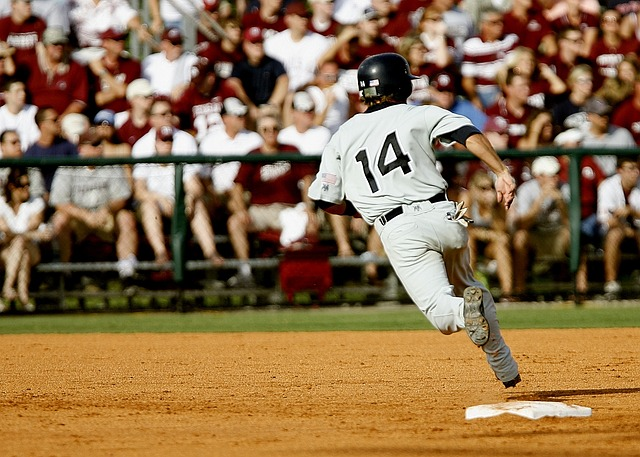
The other bench players are usually a mix of additional pitchers and position players (those who play in the field). The extra pitchers are essential because teams often rotate their starting pitchers to rest their arms and avoid injuries. Therefore, a team will typically have a number of starting pitchers who rotate through the games, along with several relief pitchers who come into the game as needed.
Position players on the bench are also a crucial part of a team's strategy. These players can be called upon to hit in crucial situations, called pinch hitting, or can replace a player in the field, known as a defensive substitution. Having strong players on the bench allows a team to adapt to different situations and can provide a spark of offense or a critical defensive play when needed.
Additionally, having versatile players who can play multiple positions is a huge asset for a team, as it gives the manager more flexibility to make changes during the game.
In conclusion, while there are nine players on the field at a time in a baseball game, there are more players on an MLB roster, all of whom contribute to the team's success. The starting nine might get the most attention, but remember, baseball is a team sport, and it often takes contributions from the entire roster to secure a win.
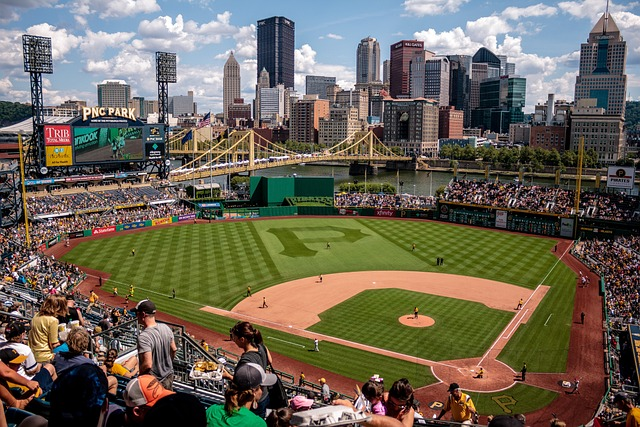
Well, we’ve made it to the end of our journey across the baseball field, exploring the roles of the nine main players on a team during a live ball era baseball game. It’s been quite an adventure, hasn’t it? We’ve explored every inch of the diamond, learned about every position, and even taken a trip to the bench to understand the roles of players waiting for their turn to shine.
So, if anyone ever asks you, "How many baseball players are on the field?" your answer will be confident and clear: nine players. Yes, nine players, each with their unique roles and responsibilities, taking their positions on the diamond, working as a team to achieve a common goal – to outscore the opposing team and win the game.
From the quick reflexes of the catcher behind home plate, the agile infielders ready to stop ground balls and make double plays, to the skilled outfielders with strong throwing arms in the vast expanse of the outfield, all the way to the pitcher on the mound controlling the game with every pitch thrown, each player plays a significant role in shaping the game.
And while we’ve focused on the defensive aspects of the game in this article, don’t forget – these nine players also rotate into the batter’s box to provide the offensive firepower for their team. They switch from making great plays and catching fly balls to hitting, running, and scoring runs, adding another layer of complexity to their roles.
As you dive deeper into the sport of baseball, remember the lessons you've learned today about the defensive positions. As a baseball fan, your appreciation for the game will grow with every spectacular catch, every perfect pitch, every double play turned, and every player hustling to make a play.
Whether you’re a new fan just starting to understand the game, or a seasoned veteran looking to deepen your knowledge, remember that the beauty of baseball lies in its complexity, its strategy, and the unique roles of the nine players on the field.
So, next time you find yourself at a baseball game, sitting back in the stands, take a moment to appreciate each of the nine players on the field, knowing just how much they contribute to this wonderful game we love – baseball.

Chris Sloan is a former baseball league commissioner and travel baseball coach who has made significant contributions to the sport. In 2018, he founded selectbaseballteams.com, a website that helps parents find youth and travel baseball teams in their local areas. Since its launch, the website has experienced impressive growth, offering a wealth of resources including teams, news, tournaments, and organizations. Chris's unwavering passion for baseball and his innovative approach to connecting parents with quality baseball programs have earned him a respected reputation in the baseball community, solidifying his legacy as a leading figure in the world of youth and travel baseball.
There are 0 comments on "How Many Baseball Players on the Field During a Baseball Game?"
chandler allen says:
"Hi my name is chandler, i’ve enjoyed..."
On Wanting to tryout for summer ball. as an 18 year old
david graham says:
"With no current MLB team in Canada,..."
On With no current MLB team in
Charles Chavez says:
"To All Coaches: Do you have13U or..."
On Looking for Games